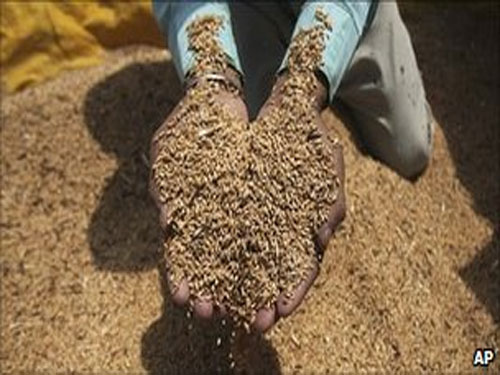submitted by Nguyen Huu Ninh
by Richard Black - BBC News - October 17, 2011

Food security was interwoven with the climate issue, speakers told the conference
Climate change poses "an immediate, growing and grave threat" to health and security around the world, according to an expert conference in London.
Officers in the UK military warned that the price of goods such as fuel is likely to rise as conflict provoked by climate change increases.
A statement from the meeting adds that humanitarian disasters will put more and more strain on military resources.
It asks governments to adopt ambitious targets for curbing greenhouse gases.
The annual UN climate conference opens in about six weeks' time, and the doctors, academics and military experts represented at the meeting (held in the British Medical Association's (BMA) headquarters) argue that developed and developing countries alike need to raise their game.
Recent Comments